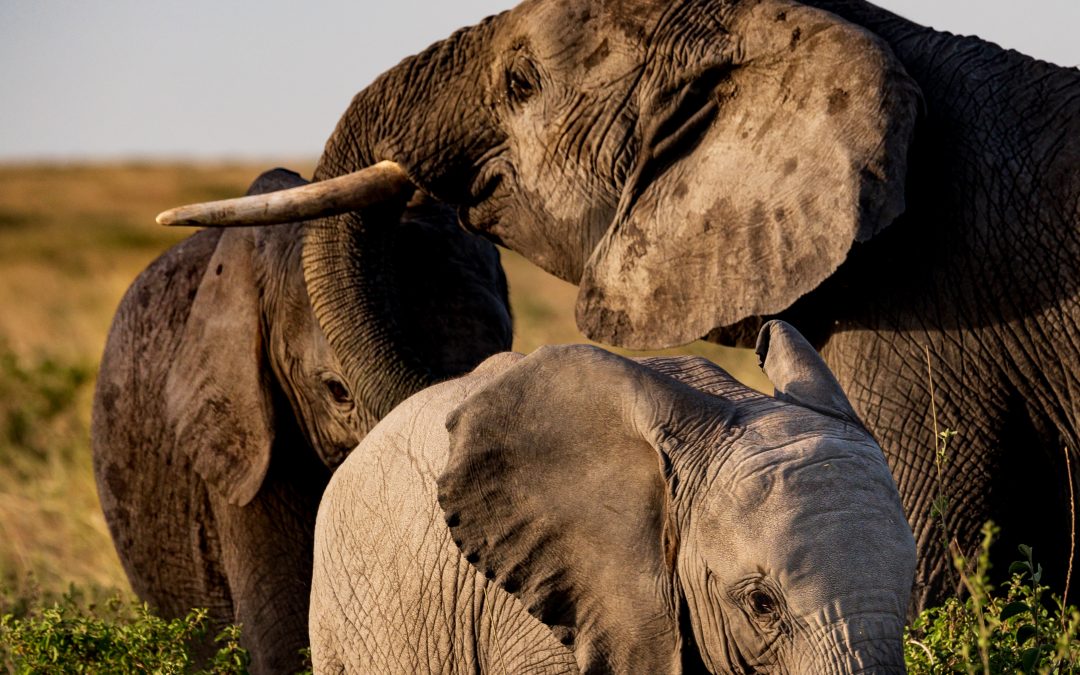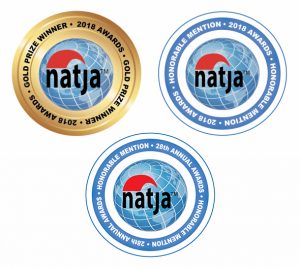A photo safari is often a once in a lifetime experience. How do you prepare? What do you need to know?
Here are eleven must knows from my experience on a photographic safari in Tanzania:
1. Monkey Business
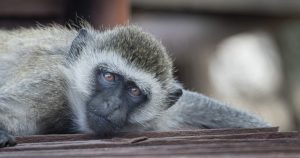
They look so innocent!
The Sopa Lodge sits atop the ridge overlooking the Ngorongoro Crater. It is a stunning location. I’d set up one of my cameras to capture a time lapse series of the sunset. My photo backpack sat on a chair just behind me.
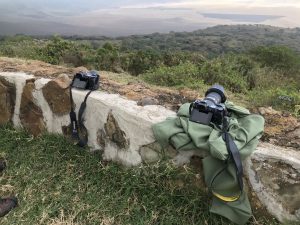
Cameras set to capture the sun setting over the Ngorongoro Crater
As I fussed with my camera, I glanced back. A baboon was sitting on the chair, happily rummaging through my backpack!
I stood tall and approached. His red beady eyes stared me down.
He did not budge.
Looking me squarely in the eye, he thrust his arm into my camera bag.
I had expensive lenses, a second camera body and even more importantly, a full XQD card from my day in the Crater in that backpack.
He could have the camera, but not the card.
I yelled; I waved my hand.
The baboon stood his ground.
Meanwhile, in the back of my mind, all I could hear was the nurse who had given me my vaccinations, asking me if I wanted a rabies vaccination.

“Rabies?” I asked. “No, I won’t need that.”
“Just don’t get bit by a monkey,” she advised me.
And now I was almost in armed combat with one.
The gathering crowd who (laughingly) sided with me finally spooked the baboon. As a final act of defiance, he looked me in the eye, reached into my pack, grabbed something and ran.
Thankfully it was not my XQD card!
Moral of the Story
I tried to save a bit of money on my photographic safari by using 64GB XQD cards (at $130 each) rather than 120 GB cards (at $210 each).
Don’t.
Buy larger cards. You’ll need several, but you’ll be less likely to fill them up.
Keep the card in your camera.
Keep your camera with you.
At all times.
If you put a full card in your camera bag, be sure it is in an ultra-secure location. Baboons are smart, strong, curious and persistent. Don’t give them the opportunity to dazzle you with their mischief.
2. Safari: Finding Your Purpose
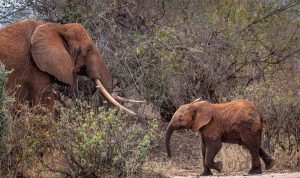
Be clear about the purpose of your trip. Photo safaris can take many forms. They may be as simple as a day trip or two, or they might involve weeks in the bush. They may be relatively luxurious, or more camping based. They may be wet or dry, depending on the season.
Why are you going on safari?
To travel?
To learn?
A bit of both?
I was on a trip focused on photo education and the trip definitely delivered that.
A case in point: Change your photographic perspective
Any good traveler (or photographer) will tell you that changing your point of view will open your world. And so it does.
I had taken some fairly unremarkable photos of some baboons, when Kristi nudged me and said, “Come on!”
We climbed up a structure surrounding a tree. The stairs and platforms were intended to provide a closer look at some of Africa’s iconic trees, but they also provided a photo perch.
With a decidedly different point of view:
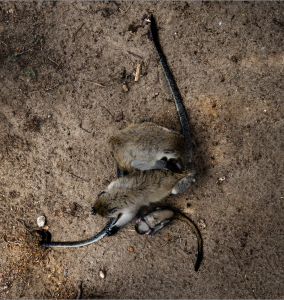
A change in one’s point of view produces a radically different picture of the world
“One’s destination is never a place, but a new way of seeing things.”
-Henry Miller
I know this intellectually. But now I own it. Traveling and studying with a world class photographer opened my eyes to so many things and motivated me to move out of my photographic rut to seek new skills and a new point of view. I will be traveling with purpose in the future, merging photo education into new adventures.
3. Choosing Your Safari Guide
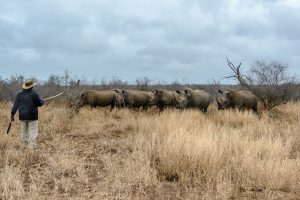
Your guide will set the tone for your adventure, manage many of the details, and should have knowledge of the area.
Ask yourself:
Do you know them? Do you enjoy their company? Are they outgoing or more reserved, and which works best for you?
If it’s an educational trip, does their teaching style resonate with you? Is this someone you’ll want to spend a week or two with? How many people will be going on the trip and how many people will there be per vehicle?
For those of you serious about photography, four people per vehicle (plus a driver and guide who sit up front) is probably pretty optimal. There’s room to move around, and to stake out some territory for your equipment.
Will there be adequate time for teaching if this is your goal?
We had a very ambitious schedule, and between travel, pre-dawn departures and post sunset arrivals, I felt we could have used more time to review our photographic experiences.
But our education continued beyond the scope of the trip to a year of mentoring. That, for me, was an incredibly important part of the trip and one of the reasons I chose to travel with Kristi. The experience has opened my eyes and my world to the educational potential of traveling and learning from world class visual artists and storytellers.
4. Fellow Safari Travelers
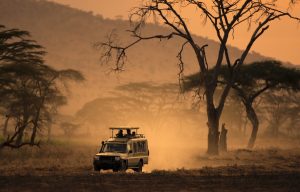
Who else is going on your photographic safari? Your travel companions matter.
Is there a broad distribution of age groups? Educational levels? Younger? Older?
My trip was less than ideal in that one of the travelers, an unemployed thirty something woman who lived at home with her father, was constantly talking about herself, how amazing she was, how educated and talented she was, how amazing her photos were and how everything in Africa related to Disney’s Lion King animated fantasy movie.
Everything.
Seriously.
And constantly.
I’ve never seen the Lion King (it’s probably a generational thing) and I was frankly appalled at the self absorption and inability to carry on what I considered to be a civilized and intelligent conversation about anything other than oneself and an animated cartoon movie.
I yearned for adult conversation.
Obviously different groups will have different cultural perspectives that may or may not mesh. It’s something to think about.
Eight people distributed between two vehicles offers more variety for interaction than just four people in one vehicle. I can usually get along with just about anyone, but I would be very hesitant to go with such a small group again without having first met my fellow travelers.
5. Dust!
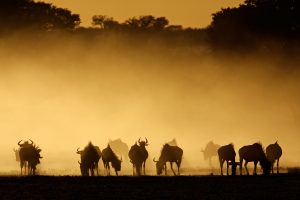
Dust!
Dust is everywhere on a photo safari in Africa. In an open vehicle, dashing through the savannah of the Serengeti, your hair will be caked in fine dirt, like a heavy hairspray. Running a comb through your hair becomes nearly impossible.
The remedy: Bring a hat.
Wear it.
Hat hair is preferable to sand encased hair any day.
6. Boots On The Ground
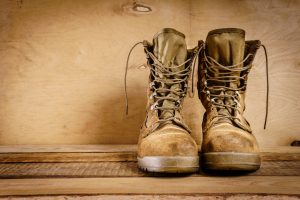
Some people wore sandals. I opted for socks and boots and I was happy with that decision. My hiking shoes would have been just fine as well.
Having a good platform for walking, carrying gear and shooting was the right choice for me. I didn’t hesitate walking through any type of terrain, and as an added bonus, my boots offered one more barrier to the omnipresent Tsetse Flies.
7. The Bugs of Safari

The word tsetse means “fly”. And they are everywhere.
Tsetse have been associated with sleeping sickness and are capable of carrying a variety of diseases, including malaria. They feed on your blood, and in doing so, spread disease.
I was on anti-malarial medicine throughout my trip, but still wanted to avoid bites in general. Long sleeves, socks and boots helped. As did insect repellent. I used a non Deet product that worked well, but I did have a Deet based spray as well, just in case.
Tea tree oil offered a wonderful relief to any bug bites and seemed to inhibit their curiosity as well. And it smelled much better than bug spray! Definitely have some Tea Tree Oil in your African travel kit!
8. Emergent and Urgent
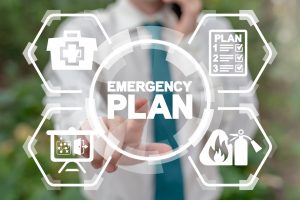
Before leaving I seriously considered buying medical evacuation insurance. Something in back of my mind kept needling me. But my Delta travel insurance had a provision for $25,000 and surely I wouldn’t need it.
After all, I wasn’t climbing Kilimanjaro or anything.
At Lake Manyara, I fell (hard) on a slick concrete floor. I would later find out that I broke my tailbone (coccyx). The injury was quite painful, but could have been much worse.
This incident made me realize that getting out of Africa hurt or disabled, would have been daunting, to say the least.
There is little to no modern medical care in most areas.
There may or may not be communication.
And transportation is limited.
Plan accordingly.
9. Safe Sojourns
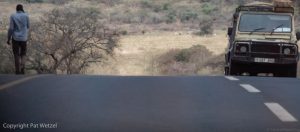
I always felt safe in Africa, but I traveled in a tourist bubble.
I was picked up at the airport by our guide, Gift; stayed in high end lodges; and generally had little interaction with daily life. Everyone I met was terrific, but it was a somewhat scripted experience.
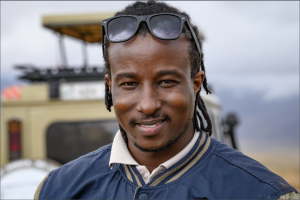
Gift, our talented driver and safari guide
I am someone who likes to wander and court some serendipity. Next trip, I want to figure out how to travel a bit more, perhaps down to the coast and to Zanzibar, and get a bit more of a cultural feel for Tanzania. To do that, I have to figure out how to haul some pretty heavy and expensive photo and electronic gear, without inviting any unplanned adventures.
10. Travel Plans and Schedules
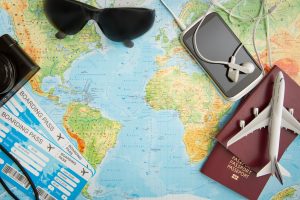
I traveled for about 30 some hours non-stop. The three to four hour layovers in both Atlanta and in Amsterdam gave me a chance to freshen up, stretch and walk.
I had considered stopping in Europe for a day or so, just to break up the trip, but I think the marathon 30 hour flight was the way to go. I was so exhausted by the time I got to Tanzania, that I slept soundly and adapted to the local time without missing a step or losing a day. And a light hike around Lake Duluti and an easy schedule my first day was just perfect for allowing me to acclimate.
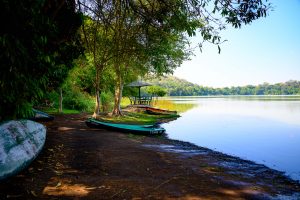
Looking down Lake Duluti
On the way home, my section of the flight was fairly empty and I was actually able to stretch out across several seats and sleep. Delta provided terrific service and good (airline) food too. Kudos to Delta for all aspects of the trip.
11. Pack Light for Safari
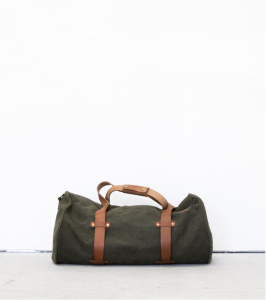
Laundry service is inexpensive and available at most lodges. My clothing packing list worked well. I needed warm clothes on occasion, and a light jacket some mornings.
My photo packing list was perfect, except for the tripod and monopod, neither of which I used. Both added weight and bulk to my luggage and I had to haul them from place to place.
If you’re going on a typical safari, the reality is that from a vehicle, a bean bag is your best friend. I filled mine with rice from a store in Arusha. When I was ready to leave, I gave the rice to Gift (our driver) to pass along to someone else.
And empty, the bean bag collapses for packing and weighs nothing.
***
An African photographic safari is an amazing experience. Perhaps Beryl Markham said it best:
“Africa is mystic; it is wild; it is a sweltering inferno; it is a photographer’s paradise, a hunter’s Valhalla, an escapist’s Utopia. It is what you will, and it withstands all interpretations. It is the last vestige of a dead world or the cradle of a shiny new one. To a lot of people, as to myself, it is just home.”
–Beryl Markham, West With The Wind
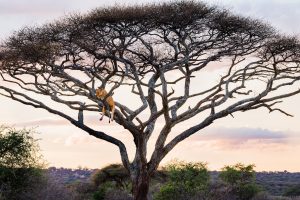
Tree climbing lioness settling in for the Serengeti night
Like This Post? Pin It!
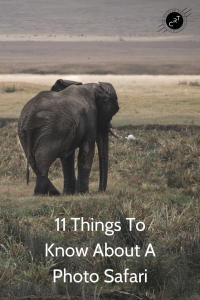
More Reading And Photos on a Photographic Safari in Tanzania
Photographing Wildlife in Lake Manyara
Tanzania Photo Safari: Lake Manyara
An African Photo Safari With A Nikon Ambassador
Safari Clothes: Packing for Safari
An African Photo Safari: Photo Equipment Packing List
Visas and Vaccinations for Tanzania
If you’re interested in learning more about photography (or cooking or film or any number of topics) check out MasterClass All-Access Pass for on-line excellence:
This post contains affiliate links and I will be compensated if you make a purchase after clicking on my links.
[et_bloom_inline optin_id=”optin_10″]
What is #CancerRoadTrip and how did it come to be? Read this post to get the backstory!
Follow me on Twitter, Pinterest, Instagram, and at Anti-Cancer Club. Connect with me! I may need a place or two to stay along the way!

